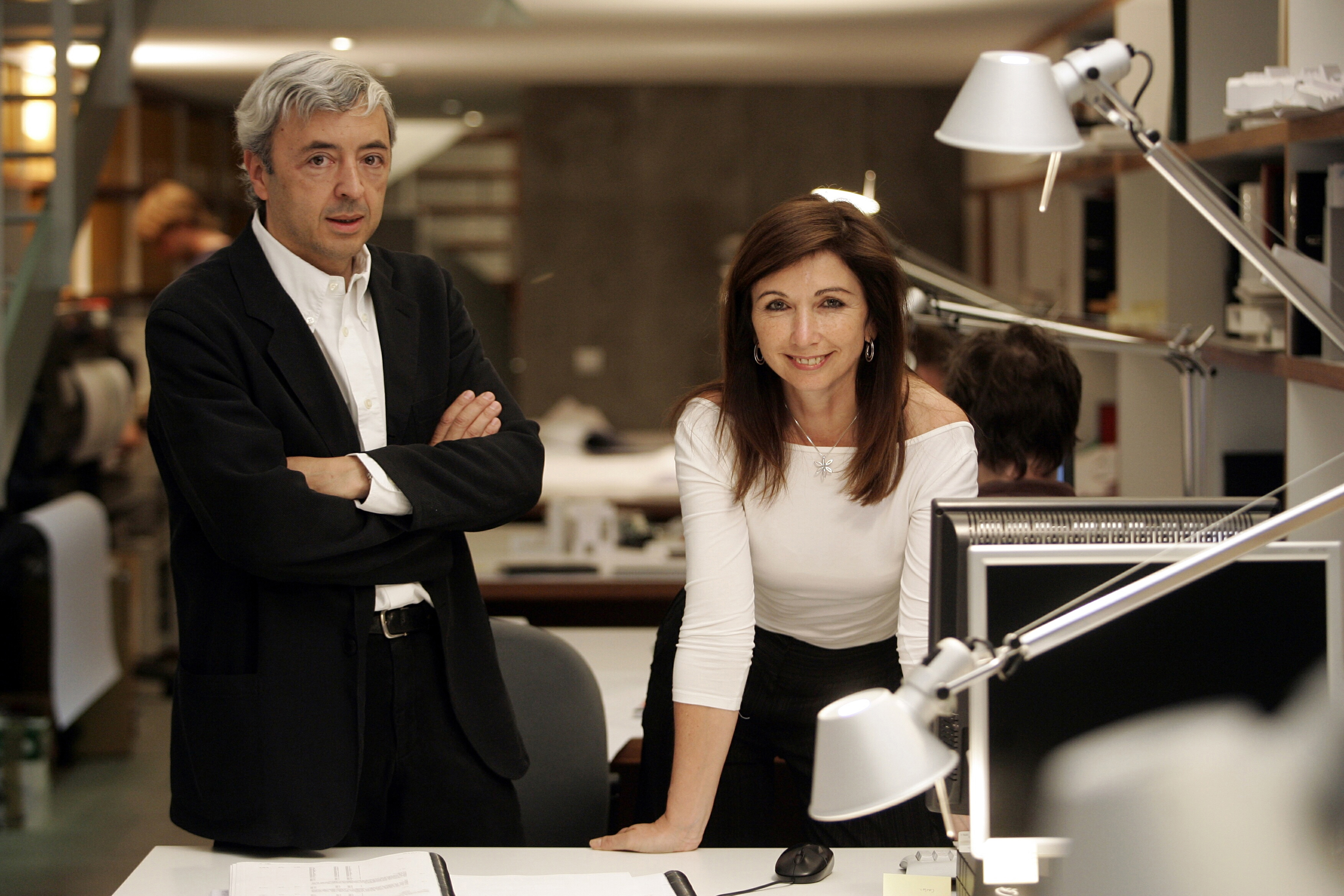11.4.2013, 13 Uhr
3 QUESTIONS TO...
Fuensanta Nieto and Enrique Sobejano / Nieto Sobejano Arquitectos

...and, if you are in Berlin this weekend - don´t miss the lecture from Enrique Sobejano on Saturday during the international symposium "Culture:Capital"!!)
What sort of spaces do the arts require today?
The commonly accepted approach is nowadays based on the idea of neutral and universal containers, supposedly the most efficient spaces for arts. Nevertheless this idea has often lead towards repetitive and banal boxes lacking architectural and urban quality. In our last projects we have taken a different approach: an architecture that plays an active role in relation tho arts, linked to a place and to a memory. Contemporary art spaces should be open laboratories where architecture encourages new forms of expression. In many cases this happens transforming existing structures, in some others, new buildings may provoke that reaction.
Do buildings nurture the cultural activities which make them come alive, or are they a constraint?
Architecture is essentially about creating public urban space. Good buildings and architectural spaces attract cultural activities and make them come alive. We do not believe that good architecture may be a constraint.
What value does culture still have in our society today?
The term culture has been continuously banalized in recent times. To think that everything is culture is equivalent to denying the critical role that it should have in our society. So we believe that culture should not be easy, light and politically correct: it has to make us think and provoke a dialogue, an approval or perhaps a rejection. Because, these all are feelings that underlie any search for artistic expression. And all this applies as well to architecture as an expression of culture.